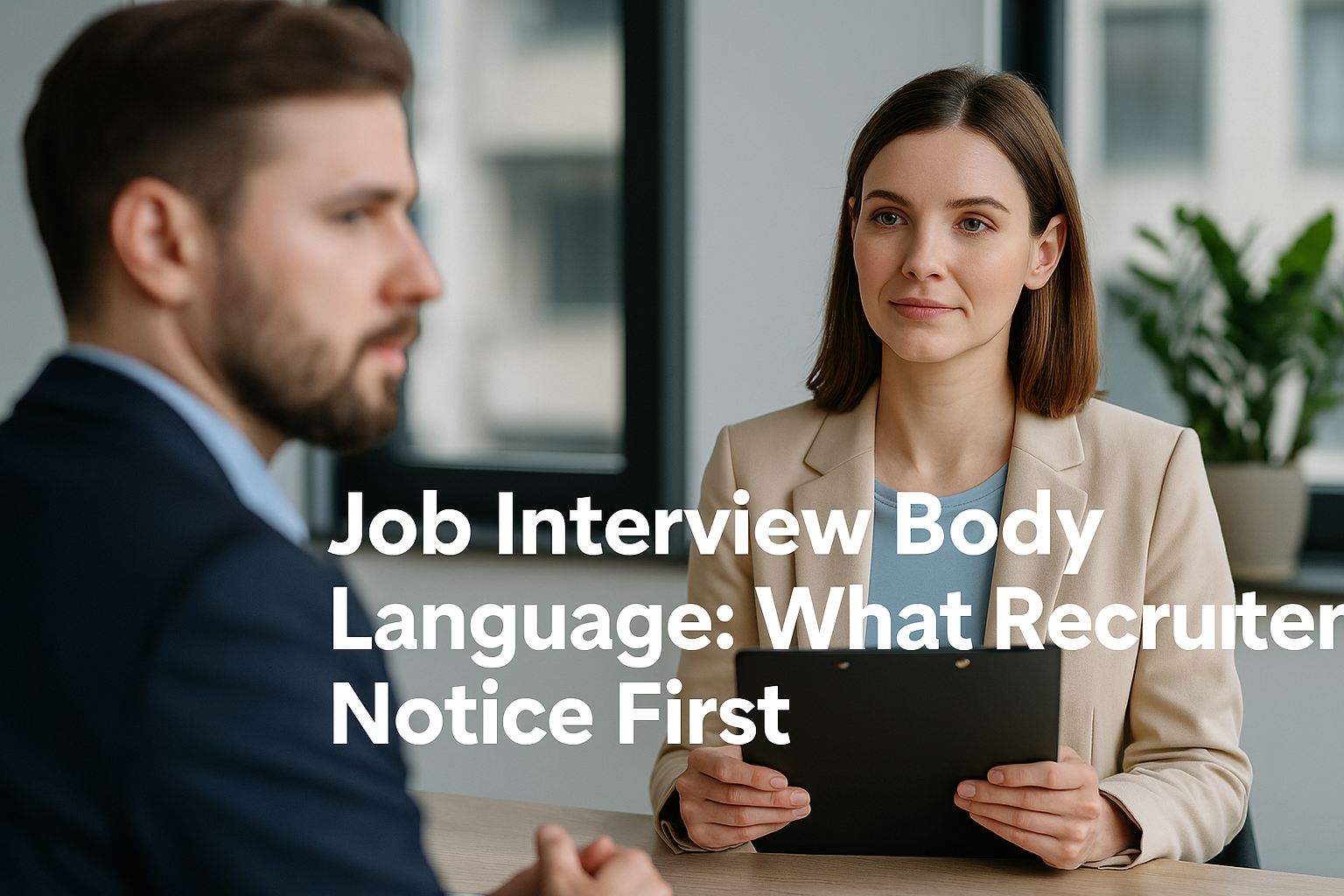
Want to leave a powerful first impression in interviews—without saying a word?
Mastering your job interview body language could be the difference between a pass and a job offer.
Why Body Language Matters More Than Ever
A 2024 LinkedIn Hiring Trends Report states that 67% of hiring managers believe nonverbal clues are equally as significant in an interview as spoken responses.
Even more telling: According to a Forbes study from 2023, 55% of first impressions are based on body language, and they are created in the first seven seconds.
Therefore, you’re risking your shot if you’re preparing answers but ignore your posture, eye contact, or facial expressions.
Case Study: How Raj Scored a Job by Fixing His Body Language
(Scenario based on real patterns shared across hiring platforms)
Name: Raj S.
Role Applied For: UX Designer
Experience: 5 years
Mistake: Nervous gestures and avoiding eye contact
Correction: Practiced posture, eye contact, and open hand gestures
Result: Landed a dream role at a Fortune 500 tech firm
Raj struggled with interviews despite strong qualifications. After one failed panel, a recruiter gave him feedback: “You didn’t seem confident—even though your answers were great.”
He practiced power posing (Amy Cuddy-style), maintained direct but friendly eye contact, and walked into the next interview with calm control. He got the offer.
🔎 Note: This is a composite case study inspired by hiring manager feedback, recruiter insights, and real interview success stories published across platforms like LinkedIn, Glassdoor, and Indeed Career Guide (2024–2025).
What Recruiters Notice First in an Interview
1. Eye Contact
Avoiding eye contact signals nervousness or dishonesty.
✅ Tip: Use natural eye contact while answering. Don’t stare, but don’t dart around either.
2. Posture
Slouching shows lack of confidence or interest.
✅ Tip: Sit upright, slightly lean forward to show engagement.
3. Hand Gestures
Fidgeting or hidden hands signal discomfort.
✅ Tip: Use open hand gestures; keep hands above the table.
4. Smile
A forced or absent smile appears insincere.
✅ Tip: Smile naturally when greeting or listening.
5. Entry and Exit
Your walk into and out of the room matters.
✅ Tip: Walk in confidently, offer a firm handshake (if appropriate), and maintain calm energy.
Trending Topics Related to Interview Body Language (2025)
-
AI-powered hiring and first impressions
-
Virtual interview body language
-
How posture affects performance in high-stakes interviews
-
Zoom interview body language tips
-
Micro-expressions hiring managers decode
Tips to Improve Your Interview Body Language
-
Record yourself on camera doing mock interviews
-
Use the mirror technique: practice posture and facial expressions
-
Power pose before the interview to boost confidence (2 minutes is enough)
-
Practice deep breathing before walking into the room or logging on to Zoom
FAQs: Job Interview Body Language – What People Are Asking
1. Can body language really affect job interview results?
Yes. Studies show over 55% of communication is non-verbal, and employers notice it first.
2. What is the best way to show confidence during an interview?
Maintain steady eye contact, sit upright, smile genuinely, and use purposeful gestures.
3. How important is body language in virtual interviews?
Extremely. In video calls, your face, eyes, and upper body are the main focus. Keep your camera at eye level, and avoid distractions.
4. What should I do with my hands in an interview?
Keep them visible. Open gestures or resting your hands on the table are better than hiding or fidgeting.
5. Should I mimic the interviewer’s body language?
Subtle mirroring can build rapport, but avoid being too obvious.
👉 Also Read: Crack Interviews: Best ‘Tell Me About Yourself’ Replies
Learn how to nail the most common interview opener with confidence and clarity.
- $10K/Month Baseball Academy? Setup & Revenue Blueprint - August 1, 2025
- Baseball Data Jobs Are Booming — Heres What They Pay - July 30, 2025
- Dream Baseball Job? Become a Sports Therapist in 2025 - July 29, 2025
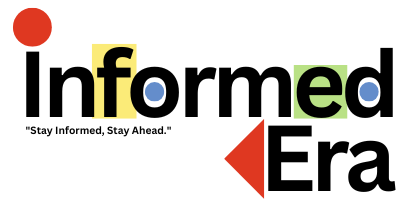




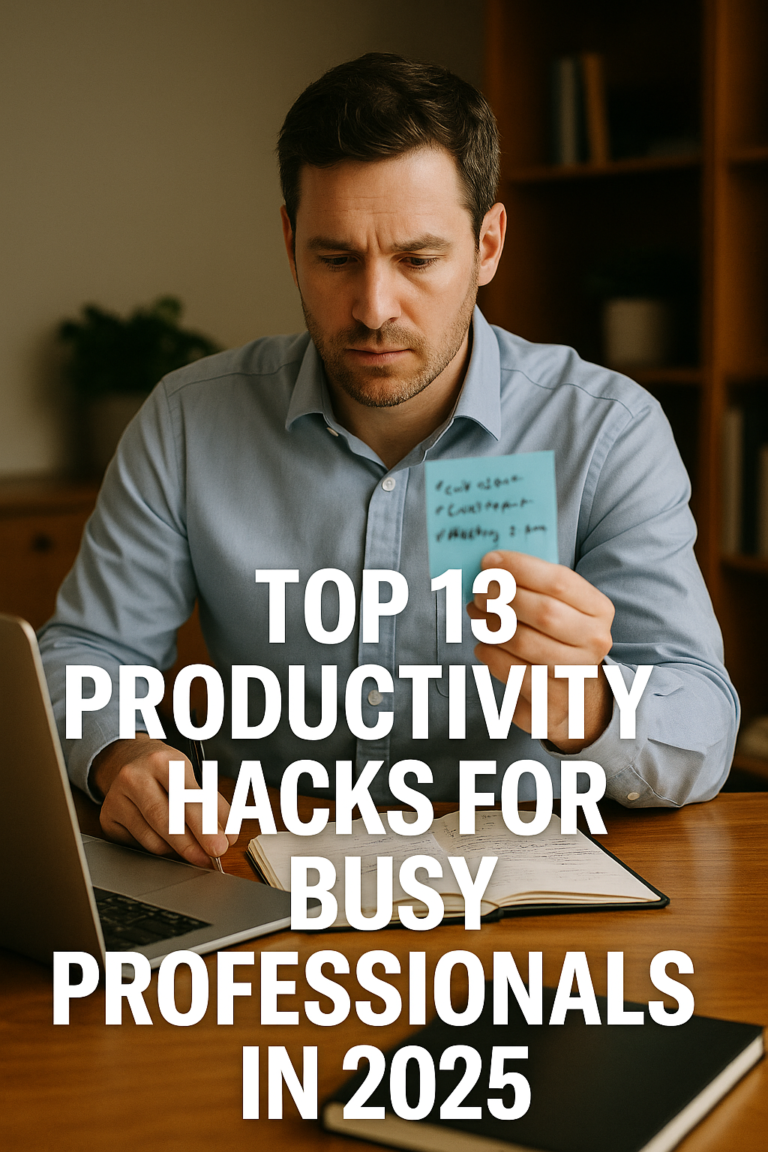

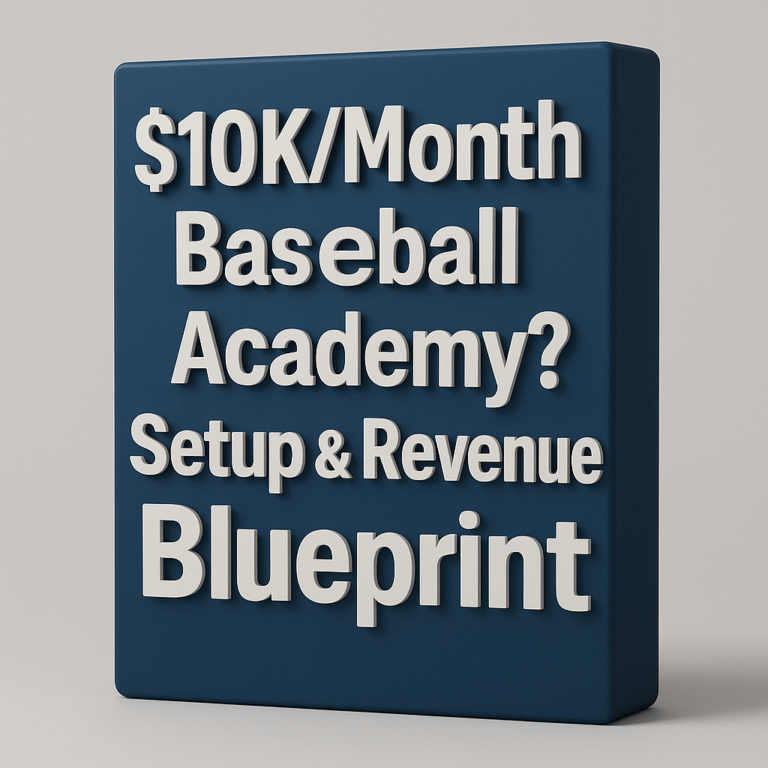

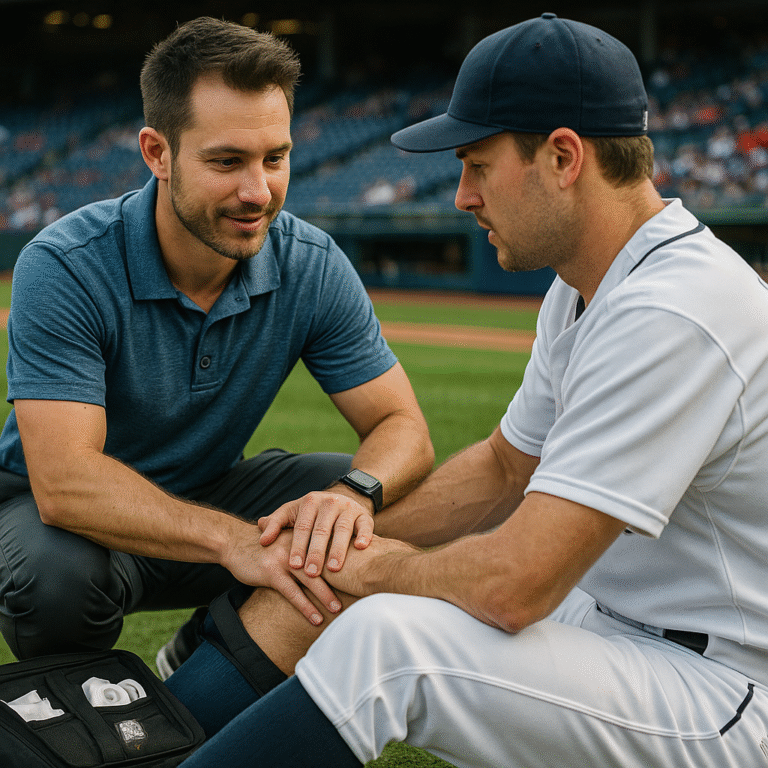
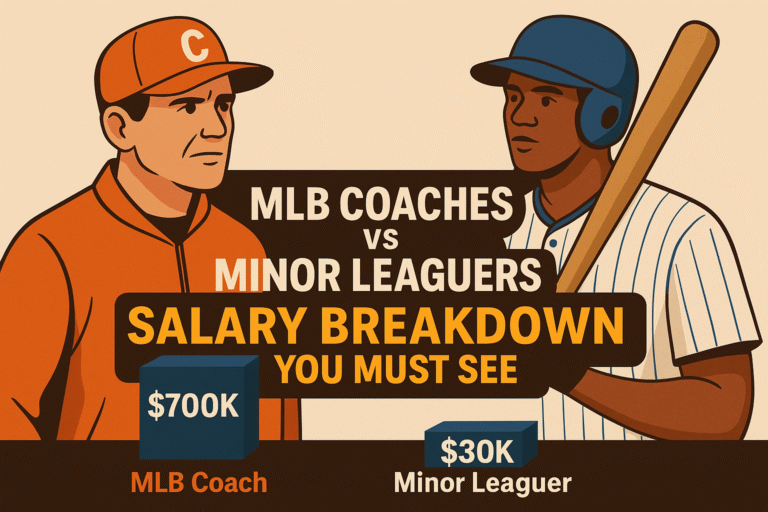
1 thought on “Job Interview Body Language: What Recruiters Notice First”